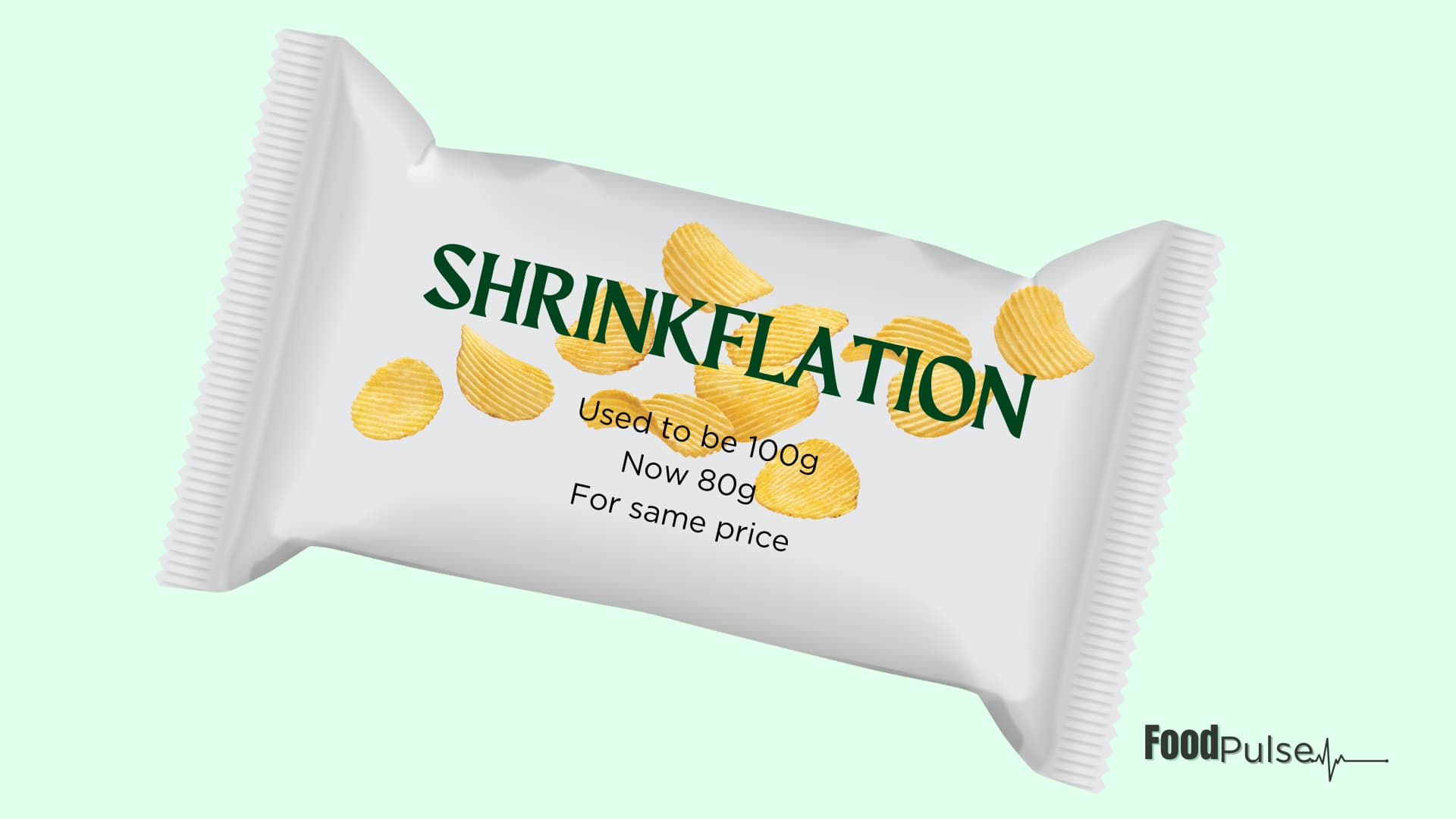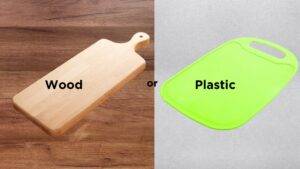Have you ever opened a bag of chips only to find it half full? Or noticed that your favorite chocolate bar seems smaller than it used to be, yet the price remains the same?
Welcome to the world of shrinkflation and skimpflation, two trends that are subtly reshaping our shopping experiences. In this article, you’ll explore what these terms mean, how they impact you, and how you can make smarter choices in this ever-changing landscape of consumer goods.
Understanding Shrinkflation and Skimpflation
Shrinkflation
Shrinkflation happens when companies reduce the size or quantity of their products but still keep price same. It’s a sneaky way to pass on costs to you without a noticeable price hike.
For example, AAA Food Company Ltd can reduce the amount of peanut butter in the jar from 100g to 88g but still maintain the same size of jar and price.
Skimpflation
Skimpflation, on the other hand, is about quality. The quantity remains the same, but the quality reduces. Who knows, your favorite juice now contains more water than real juice!
How does shrinkflation and skimpflation impact you?
While both shrinkflation and skimpflation are responses to rising costs and economic pressures, they differ in their approach. Shrinkflation cuts down the quantity, whereas skimpflation compromises on quality.
These two situations are closely related to inflation – the general rise in prices of items over time (or should we say devaluing of the currency). When production costs increase, companies may resort to shrinkflation or skimpflation to maintain their profit margins without overtly hiking prices. They don’t want to lose you as their customer on the basis of prices. Because most buyers are very sensitive to the slightest rise in food prices.
Is It Legal?
Yes, shrinkflation and skimpflation are generally legal. But they raise ethical questions about transparency and consumer trust.
These practices can impact your budget, as you get less value for the same price. They can also affect your health, especially if food products are being overly compromised in terms of quality, which actually happens to be the case most of the time.
Practical tips for you
1. Diversify your food choices
Explore different brands or products. Sometimes, smaller or local brands maintain quality and quantity better than larger corporations.
2. Support honest brands
They need you to stay afloat, especially the small honest brands. Look for companies that are transparent about their product changes. Brands that communicate openly about size, recipe or other changes deserve your loyalty.
3. Read your food labels
Don’t skip the label on the food product. Always check the weight and ingredients list. This helps in noticing any subtle changes in your favorite products.
4. Consider DIY options
Sometimes, making things at home can be more economical and healthier. Plus, it’s a great way to ensure quality.
Check out this content on how to decode any ingredient list effectively on a food label.
Shrinkflation and skimpflation are modern-day realities in everyone’s shopping experience. Be informed and proactive, so that you can navigate these changes without letting them impact your wallet or wellbeing.





